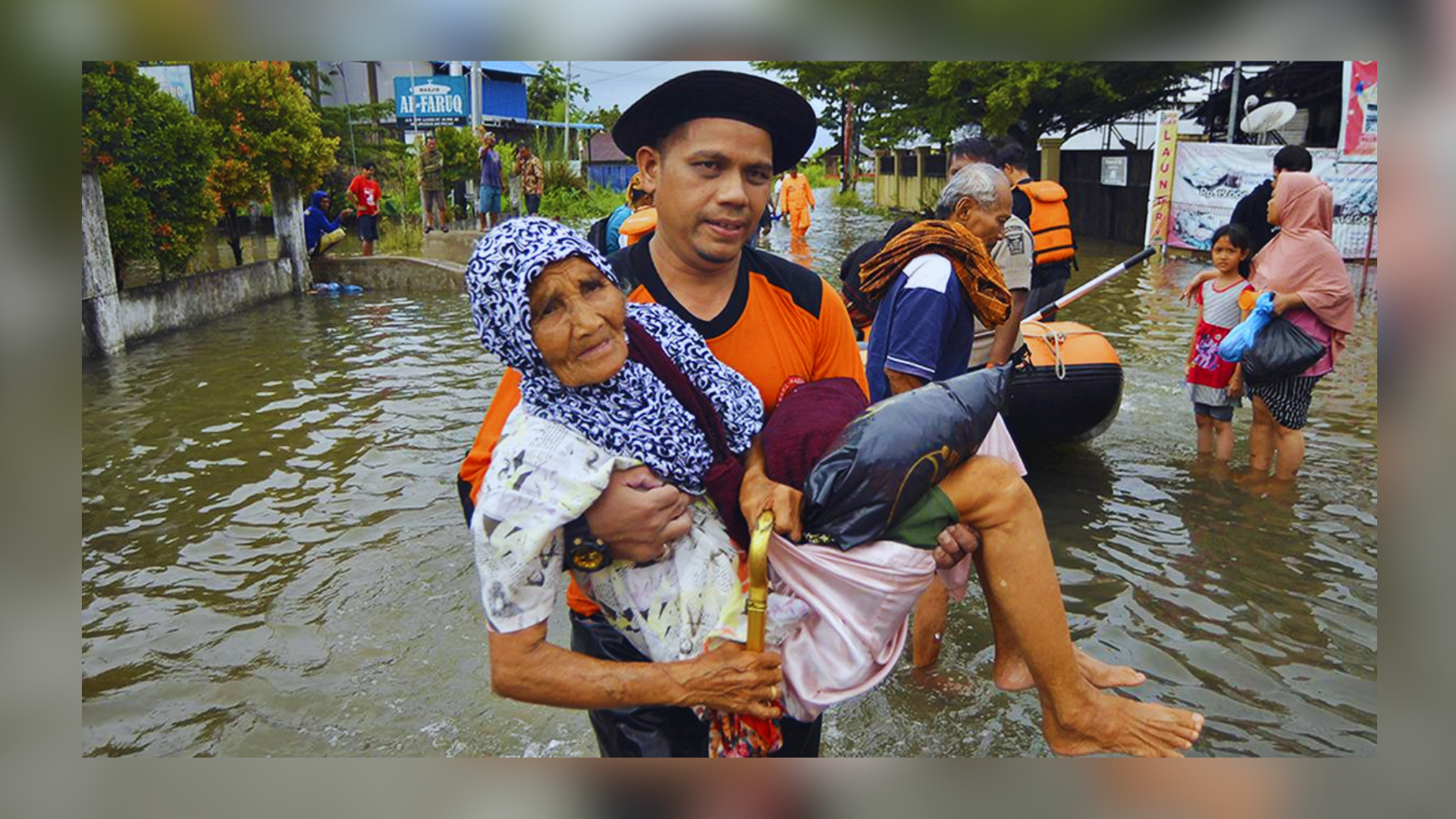At least 28 individuals, including children, lost their lives due to flash floods and cold lava that erupted from a volcano in western Indonesia, as reported by Al Jazeera citing rescue officials. The Basarnas Search and Rescue Agency stated on Sunday that the disaster struck the Agam and Tanah Datar districts in West Sumatra province around 10:30 pm (15:30 GMT) on Saturday, following heavy rain that triggered a flash flood and cold lava flow from Mount Merapi.
Cold lava, also known as lahar, comprises volcanic materials like ash, sand, and pebbles carried down a volcano’s slopes by rain. Additionally, social media posts featuring photos and videos depicted large rocks and thick mud covering West Sumatra streets, as documented by Al Jazeera.
This catastrophe occurred merely two months after a previous deadly flooding incident on the same island. In response to the floods, authorities deployed a team of rescuers and rubber boats to locate missing victims and transport individuals to shelters. Simultaneously, the local government established evacuation centers and emergency posts in various locations across the two districts to offer assistance, as per Al Jazeera’s reports.
READ MORE : The Man Who Got First Ever Pig Kidney Transplant Dies 2 Months After The Surgery
Indonesia is notably susceptible to landslides and floods during the rainy season. Just last week, 15 individuals lost their lives in South Sulawesi due to landslides and flooding that swept away homes and damaged roads in the area. In March, at least 26 people were found dead following landslides and floods in West Sumatra.
The recent floods in Agam and Tanah Datar districts also brought cold lava down from Mount Merapi, Sumatra’s most active volcano and one of around 130 active volcanoes in the Indonesian archipelago. Furthermore, in December of last year, Mount Merapi erupted, sending an ash tower 3,000 meters (9,800 feet) into the sky, surpassing the volcano’s height.
Al Jazeera reported that at least 24 climbers, including university students, perished in the eruption. Indonesia has experienced a series of extreme weather events during its rainy season, a trend that experts attribute to climate change, making such events more likely.
ALSO READ : Who Is Kami Rita Sherpa? Nepali Climber Breaks His Own Record By Scaling Mt. Everest For The 29th Time





















